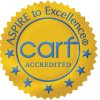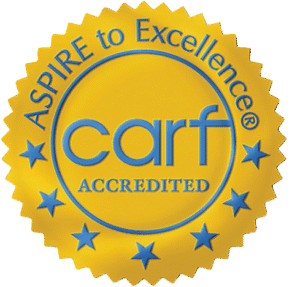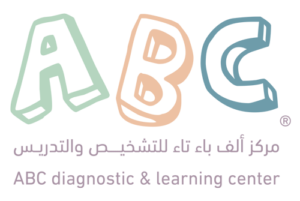English Program
Intervention Programs
1. RECIPE FOR READING™
Recipe for Reading is a research-based, comprehensive, multisensory, phonics-based reading program that is designed for beginning readers in grades K–3 or at-risk and struggling readers in grades 1–6. English Program also incorporates visual, auditory, and kinesthetic techniques to teach and reinforce phonetic concepts.
Benefits for your Students:
– Struggling learners are better able to retain and learn new concepts through multisensory instruction.
– Students gain essential reading skills with an emphasis on phonological awareness, phonics, and fluency.
– Students build decoding and fluency skills in context as they read engaging stories at their own skill level.
– Research shows that students learn best when instruction is systematic and continually reinforced.
2. Lindamood Phoneme Sequencing® Program for Reading, Spelling, and Speech (LiPS®)
Phonological awareness
Refers to the understanding that spoken words can be broken down into smaller parts. It is comprised of syllable awareness, rhyme awareness, and phoneme awareness (Liberman and Shankweiler, 1985, Wagner and Torgesen, 1987).
Early identification of poor phonological awareness is very important to prevent at risk children from having reading problems later on.
The Lindamood Phoneme Sequencing® Program for Reading, Spelling, and Speech (LiPS®) is a critically acclaimed program that develops the sensory-cognitive processes that underlie reading and spelling. It is recommended for children needing to gain several grade levels in decoding/encoding ability.
3. Mind-Play – IMPROVE ONE GRADE LEVEL IN READING IN ONLY 20 HOURS!
MindPlay Teaches Reading!
Faced with a child’s reading challenges, founder, Judith Bliss, set about to use the power of technology to support all students’ reading instruction needs. The resulting product – MindPlay Virtual Reading Coach – assesses a student’s abilities, creates a specific learning plan customized to his or her needs and then – using speech therapist and reading specialists – presents lessons in Phonemic Awareness, Phonics, Vocabulary, Grammar for Meaning, Comprehension and Fluency, but only the lessons that child needs to read fluently at grade level
4. Visualizing and Verbalizing® Program for Cognitive Development, Comprehension, & Thinking
Visualizing and Verbalizing for Language Comprehension and Thinking (V/V) is a supplemental/intervention program designed to instruct and improve reading comprehension, oral language comprehension and expression, written language expression, and critical thinking skills in individuals of all ages through the development of concept imagery.
Strength of (V/V) program:
- Systematic and Explicit instruction
- Clear detailed lesson examples at each step of instruction.
- Accompanying materials are well organized.
- Can be utilized in whole or small group format.
Cognitive Assessments
1. Wechsler Preschool and Primary Scale of Intelligence (WPPSI-IV):
Ages 2:6 to 3:11
The test of English Program measures the cognitive ability of children in specific domains (vocabulary comprehension, visual spatial and working memory) as well as composite score that represents general intellectual ability.
2. Wechsler Intelligence Scale for Children (WISCIV):
Ages 6:0–16:11
The test measures the cognitive ability of children in specific domains (verbal comprehension, working memory, processing speed and perceptual reasoning) as well as composite score that represents general intellectual ability.
3. Gibson Test
Age: 6:0 and above
Computerized screening test for cognitive skills including processing speed, working memory, short term memory, long term memory, logic and reasoning, visual perception and phonological awareness.
Achievement Tests
1. Woodcock-Johnson® III Normative Update (WJ III™ NU)
Measures skills for reading, mathematics, oral and writing. The WJ III ACH provides norm-referenced measures of academic abilities.
2. Wechsler Individual Achievement Test®-Third Edition (WIAT II)
Ages 4:0 – 21:0
Assesses reading, spelling and comprehension.







